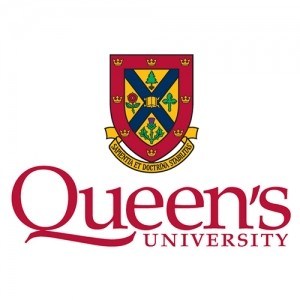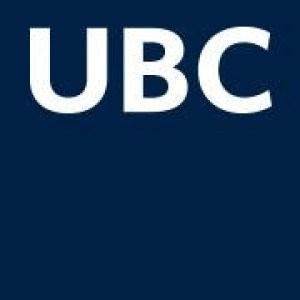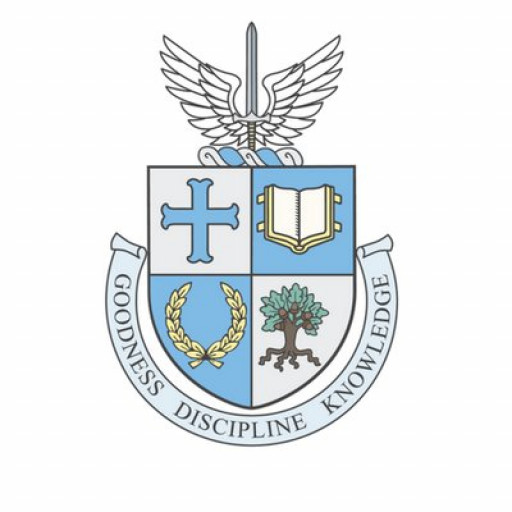Photos of university / #queensuniversity
Art makes us human. It also defines the human-computer interface. Work in gaming, electronic arts and interaction design influences the way billions of people live their lives, do business, and experience culture.
Artists' thoughts and ideas on technology, society and innovation have always been years ahead of their time. Computing and the Creative Arts leverages this lead by educating you to be a modern Renaissance thinker, giving you a real head start when thinking about problems in interactive modern computing, answering questions such as: how to build computers as tools for creativity?
Coca is an exciting new multi-disciplinary program for students interested in both Computing and the Arts. You'll learn how to direct, develop and use cutting-edge computer software programs for Music, Art, Drama, and Film production. As part of this offering, you will acquire the technical expertise to design and develop new applications and take full advantage of future trends in digital technology. You'll get the theoretical and historical background necessary to make critical judgements about new approaches to artistic expression and practical knowledge of the challenges faced by creative artists in a digital age.
Students who follow this program will find careers in the video-game and entertainment industries, art galleries, museums, and multimedia design and production, but also in more traditional computer industries as these increasingly adopt multimedia user interface design. Companies like Apple and Electronic Arts have always focused their hiring on electronic artists, just because they often happen to be the most well-rounded coders as well! There is no lack of jobs for students following these programs, which include: 3D Game Developer; New Media Artist; Sound Designer; Art Management; 3D Animator; Computer Graphics Designer; Web Developer; Interaction Designer; Human Factors.
- Introduction to Computing and the Creative Arts
- Discrete Mathematics I
- Introduction to Computing Science I
- Introduction to Computing Science II
- Discrete Mathematics II
- Logic for Computing Science
- System-Level Programming
- Software Specifications
- Data Structures
- Programming Paradigms
- Human-Computer Interaction
- Artificial Intelligence
- Algorithms I
Here are some suggestions for options or electives
- Printmaking
- Engineered Art
- Modern Architecture
- Elementary Computer Animation
- Computer Architecture
- Operating Systems
- Digital Systems
- Advanced User Interface Design
- Real-Time Systems
- Topics in Artificial Intelligence
- Computer Graphics
- Image Processing and Computer Vision
- Social, Legal and Ethical Issues in Computing
- Introduction to Cognitive Science
- Creative Writing
- Introduction to Technical Production
- Applied Technical Production
- Fundamentals of Production
- Introduction to Anatomy and Physiology
- Semiotics and Communication
- Mathematics and Poetry
- Sound Production
- Electroacoustic Music Composition
- Science and Technology of Music
Requirements
- A Personal Statement of Experience (PSE).
- To be considered, students must offer a minimum overall average of 85% on six 4U and 4M courses, including ENG4U (or equivalent) and no more than three 4M courses and the appropriate prerequisite courses. Recently, the minimum average for acceptance into Computing programs has been 87%.
- Test of English as a Foreign Language (TOEFL) iBT (Internet Based TOEFL)/88 overall: 24 Writing, 22 Speaking, 22 Reading, 20 Listening (Paper Based TOEFL (PBT)/580)
- International English Language Testing System (IELTS) Score of 6.5 on Academic Module
- Attestat o srednem (polnom) obshchem obrazovanii (Certificate of Secondary Education).
- Grades required for admission will vary by program but, based on the Russian grading scale, the minimum average needed to fall within the competitive range is approximately 4 out of 5
- High School transcript
- Students apply through the OUAC (Ontario University Application Centre) website.
Scholarships
- International Admission Scholarship
- General bursaries
- Queen's Work Study Program
The Queen's University Computing and the Creative Arts program offers students a unique interdisciplinary education that combines essential computing skills with creative arts disciplines. Designed for individuals interested in exploring the convergence of technology and artistic expression, the program provides a comprehensive curriculum that incorporates theoretical foundations, practical applications, and innovative practices in both fields. Students have the opportunity to develop proficiency in programming, software development, digital media production, and design, alongside coursework in visual arts, music, and digital content creation. The program emphasizes experiential learning through project-based assignments, collaborative work, and industry placements, enabling students to apply their skills in real-world contexts. Facilities include state-of-the-art laboratories equipped for digital media creation, computing research, and interactive media design. The academic staff comprises experienced faculty members from both the computer science and arts departments, fostering an environment that encourages interdisciplinary collaboration. Graduates of the program are well-prepared for careers in digital media, game design, multimedia development, interactive arts, and technology-driven creative industries. Furthermore, the program promotes innovation and entrepreneurship by supporting student-led projects, competitions, and research initiatives. With a curriculum that adapts to emerging trends such as virtual reality, augmented reality, and artificial intelligence, students are equipped to contribute to evolving creative and technological landscapes. The university's strong ties with industry partners provide networking opportunities, internships, and exposure to professional practices. Overall, the Computing and the Creative Arts program at Queen's University embodies a forward-thinking approach to education, blending technical expertise with artistic creativity to develop well-rounded graduates ready for the digital age.


